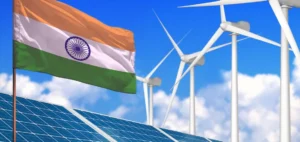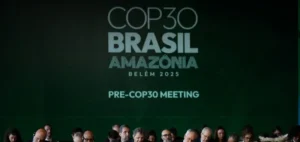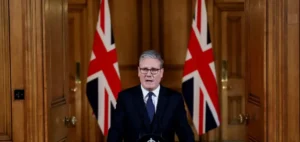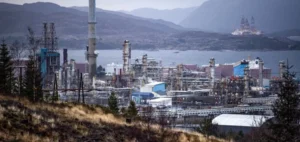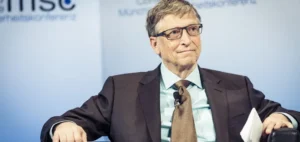The European Commission presented its proposals for reforming the electricity market in Europe on Tuesday 14 March. While avoiding a complete restructuring of the market, the Commission intends to develop long-term energy contracts in order to protect consumers and encourage investment in renewable energy and nuclear power.
Long-term contracts for decarbonized energy
Wholesale electricity prices currently depend on the cost of the last power plant used to balance the grid, mainly gas-fired plants. Following the war in Ukraine, the market soared last year along with gas prices. Rather than completely restructuring the market by unbundling gas and electricity, the Commission proposes to develop long-term contracts for decarbonized energy. This would allow consumers to smooth out their bills and provide predictable revenues for suppliers.
Facilitating the deployment of APPs
To facilitate the deployment of private-public power purchase agreements (PPAs), the Commission wants companies to “benefit from more stable prices for renewable and non-fossil energy production”. States should establish public guarantee schemes to cover buyers’ credit risks, allowing more firms to enter into these contracts. Retail electricity suppliers should also hedge appropriately to mitigate their risk of overexposure to price volatility.
State-guaranteed “contracts for difference
The Commission also supports the use of “contracts for difference” (CFDs) with a government guaranteed price. Under this mechanism, electricity producers will have to pass on excess revenues to consumers if prices rise and will be compensated if the market falls. France has strongly advocated the application of CFDs to the civil nuclear sector to finance new infrastructure. Paris also obtained that CFDs be extended to reinvestments in existing plants to extend their life or increase their capacity.
Measures to protect consumers and toughen penalties
The EU’s proposed plan also aims to strengthen consumer protection, by increasing penalties for anti-competitive behaviour and market manipulation, while improving protection for vulnerable customers. The latter can no longer be disconnected in case of late payment, and regulated prices can be offered by the States to households and SMEs in case of crisis.
Flexibility and capacity mechanisms to meet peak demand
The text also proposes to strengthen the flexibility of the energy market, by allowing electricity producers to cumulate contracts for difference and Power Purchase Agreements (PPA). This will allow producers to continue to be active in the market in the short term, without the volatile market price determining their income. States will have to assess their flexibility needs over a five-year horizon, in order to better respond to demand peaks. Capacity mechanisms, which pay for the available capacity of a power plant rather than its production, could be generalized. Finally, it will be possible to be paid in exchange for a reduction in consumption.
Differences over the role of nuclear power
However, the role of nuclear power is problematic: differences between member states could complicate negotiations on this text. However, the Commission hopes to reach an agreement by winter.
The plan proposed by the EU was welcomed by France, which obtained satisfaction on several points, including the extension of CFDs to reinvestment in existing plants. Other countries, such as Germany, have disagreed, arguing for optional CFDs reserved for new renewable infrastructure. Nevertheless, the EU’s proposal provides a solid basis for further negotiations on the energy transition in Europe.




